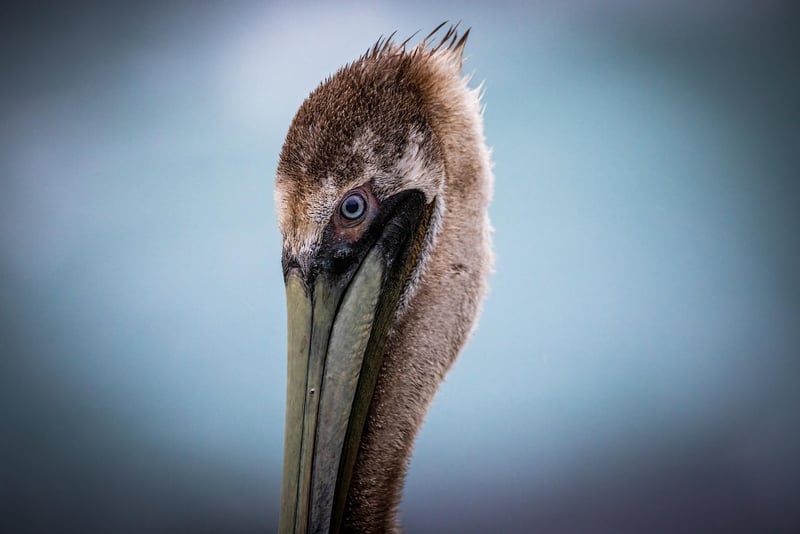Nebulae Observations
Unveiling the Mysteries of the Universe: A Journey Through Nebulae Observations
Welcome to a fascinating journey through the cosmos, where we delve into the mesmerizing world of nebulae. Nebulae are vast clouds of dust, hydrogen, helium, and other ionized gases scattered throughout the universe, often serving as the birthplace of stars.
Types of Nebulae
There are several types of nebulae, each with its unique characteristics:
- 1. Emission Nebulae: These nebulae are regions where new stars are born, emitting light as the gas within them is energized by nearby stars.
- 2. Reflection Nebulae: These nebulae do not emit their light but instead reflect the light of nearby stars, creating stunning blue hues.
- 3. Planetary Nebulae: Formed from the outer layers of a dying star, these nebulae showcase intricate and often symmetrical shapes.
- 4. Dark Nebulae: These dense clouds of gas and dust block the light from behind them, creating striking silhouettes against the backdrop of brighter celestial objects.
Observing Nebulae
Observing nebulae can be a rewarding experience for amateur and professional astronomers alike. With the aid of telescopes and astrophotography equipment, enthusiasts can capture the beauty and complexity of these cosmic wonders.
Recommended Nebulae for Observation:
Whether you are gazing at these celestial wonders through a telescope or admiring astrophotography images, exploring nebulae offers a glimpse into the vast beauty and complexity of the universe.
So, grab your telescope, head outside on a clear night, and embark on a cosmic adventure through the enchanting world of nebulae!



